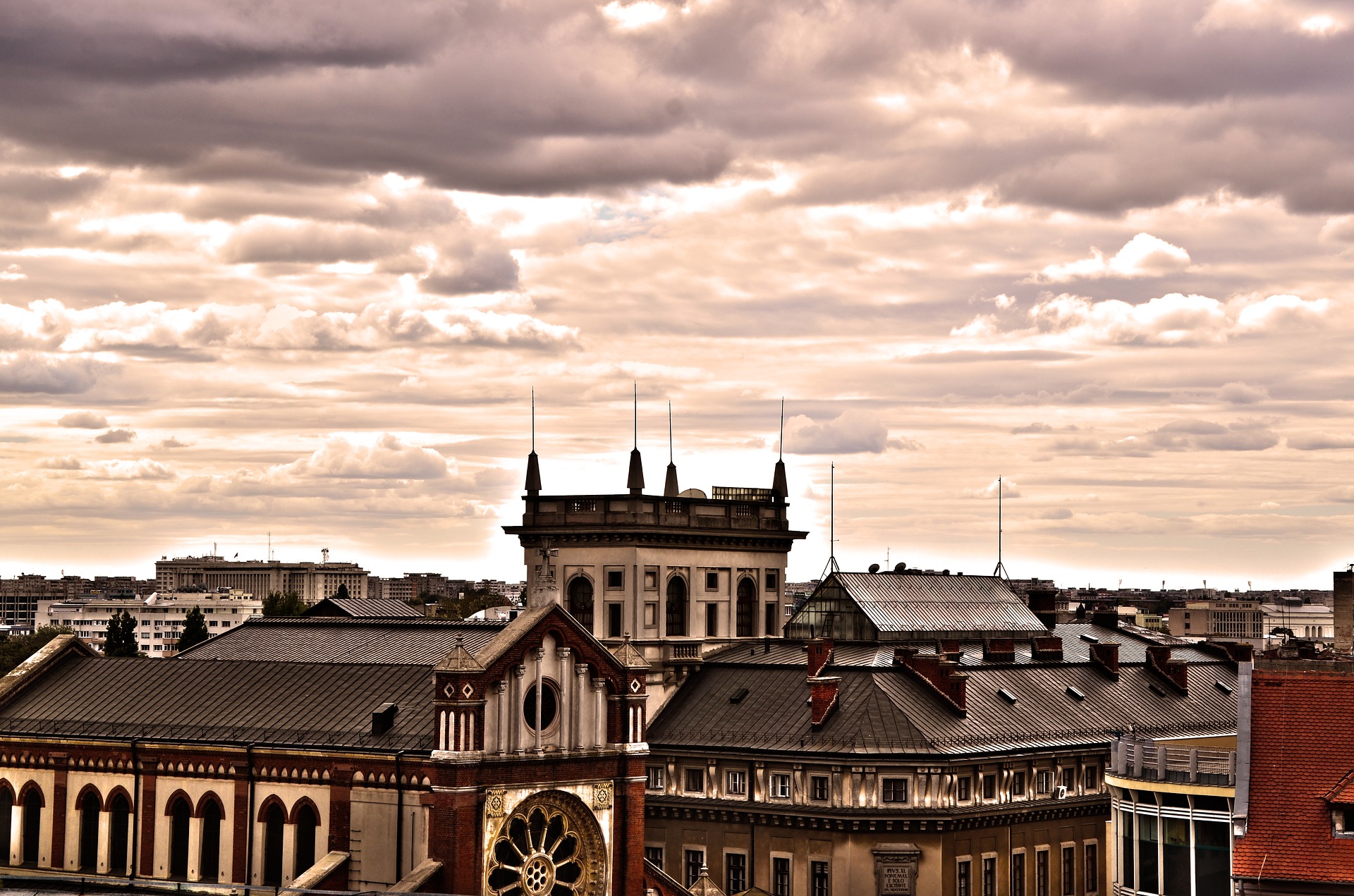Romania is an Eastern European country and has been a member of the EU since 2007. As of 2017, Romania had a GDP of $211 billion. In order to fully appreciate the potential of Romania, here are some important statistics:
- It has a population of 19.6 million
- It has the 18th largest economy in the EU
- By GDP, it is the 42nd largest economy in the world
- There is an annual growth rate of 7% (in 2017)
- Romania’s Internet infrastructure was ranked 5th in the world in 2018
Romania now has over 110,000 IT employees. This accounts for 20% of the total IT&C employees in Central and Eastern Europe. IN 2017, 6.2% of the GDP was a result of the IT sector. This $12.6 billion is a 5.5% increase from the previous year.
This article will provide an overview of Romania with regard to its location, education, culture, and economy.
Romania’s Location
Its location makes Romania very attractive. There is just a 2-hour time difference from other European countries, 5 hours from New York and 10 hours from San Francisco. This makes communicating across the time zones much easier. There are regular direct flights to most of the major European capitals and to the US with a layover.
International airports are in Bucharest, Cluj-Napoca, Timisoara, and Iasi.
The Culture
Romania has a strong history that is still present in its culture today. From back to the Roman Empire up to the 42 years of communism, all have played a part. Romania has strong traditions yet follows western values. Cities are modern and heavily influenced by English since the introduction of English as a subject in schools. Once outside of the cities, the rural areas are still rooted in Romanian traditions.
The Economy
Romania has a very strong economy, one of the fastest-growing in the EU. This has made the country attractive to foreign investment, particularly in the IT&C sector. In 2017, foreign investment reached $81.52 billion, 4.1% of that was in IT&C. Unemployment has been on a steady decline. In 2016 it was 5.9% and in 2017, 5.3%.
Outsourcing plays a crucial role in Romania’s economy. In 2016, 27% of the IC&T revenue came from Romanian owned companies, whereas 73% came from overseas.
Education
The Education system in Romania doesn’t just produce a great number of graduates, but it also develops highly skilled professionals, which is the strength of the outsourcing industry and more so for IC&T.
Approximately 8,500 IT students graduate from 49 public universities and 8 private universities annually. Romania also hosted around 27,000 international students. Here is a list of the largest universities in Romania:
- Babes-Bolyai University
- University of Bucharest
- Polytechnic University of Bucharest
- Technical University of Cluj-Napoca
- Polytechnic University of Timisoara
- Gheorghe Asachi Technical University of Iasi
- University of Bucharest
- Alexandru Ioan Cuza University
- West University of Timisoara
It’s not just the universities that contribute to the IT Outsourcing industry in Romania. English education allows for enhanced communication with companies all across the globe. In 2016, 100% of students learned English, ranking the country 4th in the EU. 82% of students learned French and 13% learned German.
Software companies offer yearly internships where students can put their knowledge into valuable practice. Many people also retraining themselves or are self-taught.
In Conclusion
The above mentioned are powerful contributions to the IT sector in Romania. While the location may just be a convenience, the levels of education are a testimony to the country. Its dedication to the sciences, maths and even English has propelled the country into the IT industry, making it a key player in the global market.




